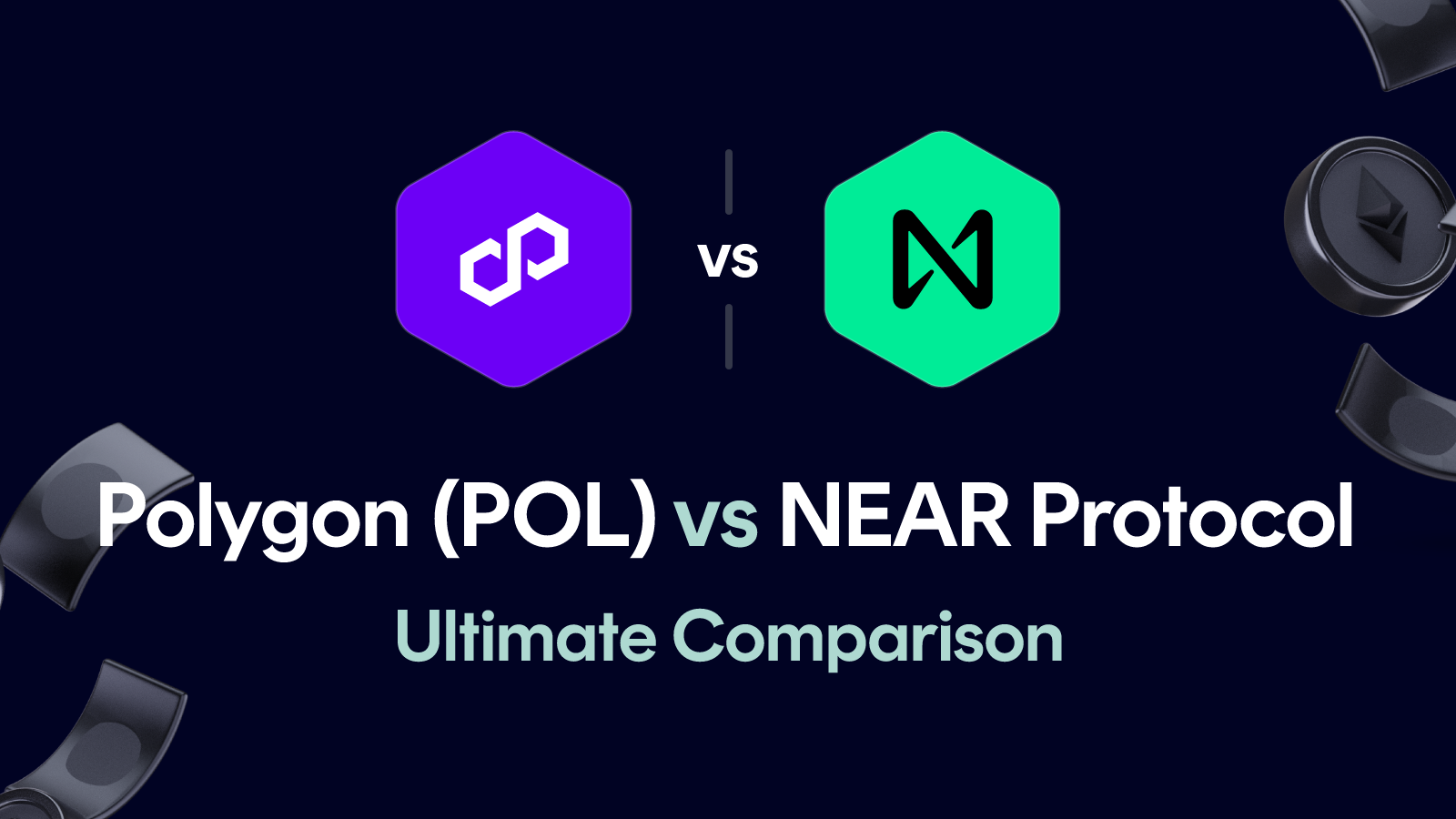
Polygon (POL) or NEAR Protocol
Market data comparison of POL versus NEAR
The current price of Polygon (POL) is $0.10 and has decreased by -1.45% in the last 24 hours. NEAR Protocol is currently trading at $1.51, with a drop of -1.95% over the same period. Polygon (POL) has a market cap of $1.08B and ranks 91st. NEAR Protocol follows with a market cap of $1.94B, ranking 56th — meaning it is valued higher.
We automatically update all market data every 15 minutes, so you always have the latest figures for your comparison.
Should I buy Polygon (POL) or NEAR Protocol?
You should be aware that investing in cryptocurrencies carries risks, and we are neither allowed nor intending to provide investment advice. Still, we'd like to offer some food for thought: consider the opportunities and risks associated with both Polygon (POL) and NEAR Protocol. What target markets and problems are these two projects aiming to address?
If you're still unsure whether to invest in Polygon (POL) or NEAR Protocol, you can take a look at some additional market data to help with your decision:
Currently, Polygon (POL) is about -92.06% below it's all-time high of $1.29 reached on Mar 13, 2024.
In comparison, NEAR Protocol is down approximately -92.62% from it's all-time high of $20.44 on Jan 16, 2022.
Polygon (POL) currently has a 47.58% lower 24h transaction volume of $50.78M compared to NEAR Protocol with $96.86M.
Over the past year, Polygon (POL) achieved a total return of -77.60%, while NEAR Protocol returned -69.75%. Keep in mind, however, that past performance rarely guarantees future results.
Additional criteria for comparing cryptocurrencies:
- What problem does the project aim to solve, and is a decentralized network meaningful and necessary for it?
- How actively is the network being used?
- Does the project have a large and active community?
- How strong is the development activity? (e.g., on GitHub)
- How decentralized is the underlying blockchain and the project itself?
How we evaluate cryptocurrencies
These are just a few indicators you can use to better evaluate and compare cryptocurrencies like Polygon (POL) and NEAR Protocol. Cryptocurrencies and their underlying technologies are often difficult to compare — even for professionals. So don’t stress yourself out, and never let emotions or fear of missing out drive your investment decisions.
Where can I buy Polygon (POL) or NEAR Protocol?
Today, there are many reputable and secure exchanges that make it easy to invest in Polygon (POL) and NEAR Protocol. We're happy to help you choose the right one: simply use our exchange comparison tool to find the platform that best suits your needs. Both Polygon (POL) and NEAR Protocol are well-known and in high demand, which means they're available on most major exchanges.
Which crypto wallet is best for Polygon (POL) and NEAR Protocol?
If you want to store cryptocurrencies like Polygon (POL) or NEAR Protocol yourself, choosing the right wallet is essential. Consider your personal preferences when deciding: Is ease of use important to you? Do you prefer maximum security with a hardware wallet (USB device), or is a software wallet sufficient for your needs? Our crypto wallet comparison helps you find the best wallet for Polygon (POL), NEAR Protocol, and many other cryptocurrencies.



